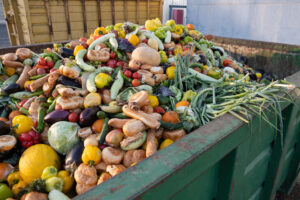It’s life, but certainly not as we want it
Share
Plans revealed this week to squeeze a further 1.1 million people into Sydney over the next 25 years will transform it into the nation’s least liveable city. Twenty years ago Sydney was less congested, slower, more friendly and had more green space. Unregulated population growth and timid planning are choking the city, a situation exacerbated by the refusal of the Labor Government – still hostage to the economic rationalist fear of public debt – to invest in a modern public transport system. A famous experiment in the 1960s found that when too many rats are forced to live in a cage of a given size they soon display abnormal behaviour including hyper-aggression, failure to nurture young normally, increased mortality, abnormal sexual patterns and infant cannibalism. In human populations, crowding causes physical diseases and psychological stress. When humans are forced to live in these “behavioural sinks”, defined less by geographical proximity than by excessive social interaction, they respond with aggression, attempts to isolate themselves and, when all else fails, drugs and alcohol.
Related documents
Between the Lines Newsletter
The biggest stories and the best analysis from the team at the Australia Institute, delivered to your inbox every fortnight.
You might also like
Gardening for a healthier life and a healthier planet
Australians are hungry to grow their own food and the reasons are simple: growing your own food is healthier and better for the planet. Whether it’s herb pots on a windowsill or a rambling backyard veggie patch, Australians say that growing some of their own food makes them feel better, eat better and tread lighter on the planet.
Why this week matters | Between the Lines
The Wrap with Amy Remeikis Earlier this week, 2025 clocked up its 183rd day. Most of eastern Australia would have been keeping one eye on the weather report, given the ‘rain bomb’, while others were reeling from the news an alleged child sex offender had been working at Melbourne child care centres. Like every day,
Coalition offers crash course on staying in opposition for forever
If the Coalition’s aim is to stay in opposition, it’s doing a bang-up job.



